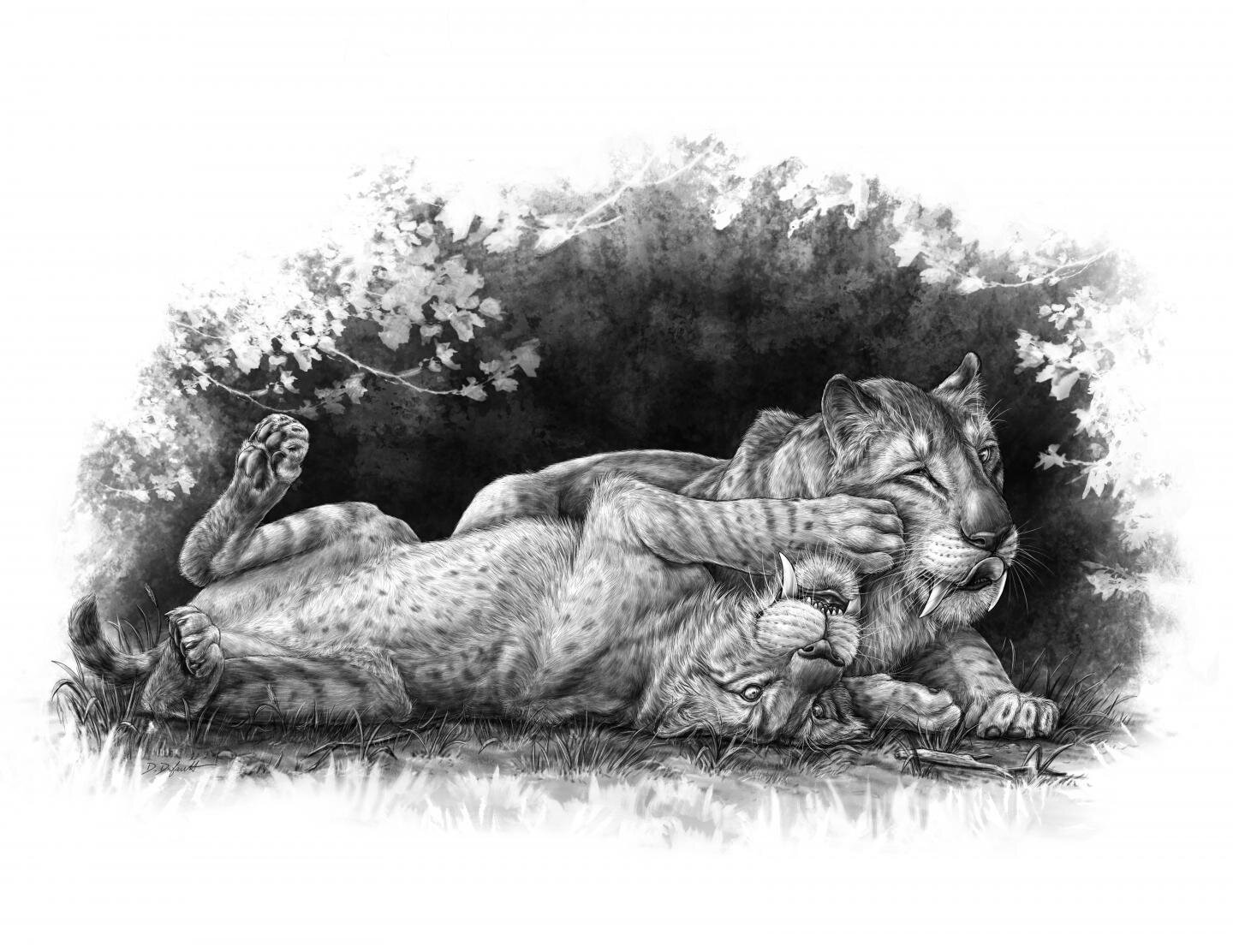#Global warming is changing our plant communities
“#Global warming is changing our plant communities”

Although Live Oak trees are common in South Florida today, Ken Feeley, a University of Miami biology professor, said their time here may be fleeting. With climate change pushing up temperatures, the oaks, which favor cooler conditions, could soon decline in the region and be replaced with more tropical, heat-loving species such as Gumbo Limbo or Mahogany trees.
“Live Oaks occur throughout the southeast and all the way up to coastal Virginia, so down here we are in one of the very hottest places in its range,” said Feeley, who is also the University’s Smathers Chair of Tropical Tree Biology. “As temperatures increase, it may simply get too hot in Miami for oaks and other temperate species.”
Likewise, in Canada, as temperatures increase, sugar maple trees—which are used to produce maple syrup—are losing their habitats. And in New York City, trees that are more typical of the balmy South, such as Magnolias, are increasing in abundance and blooming earlier each year, news reports indicate.
These are just a few examples of a larger trend happening across the Americas—from Hudson Bay to Tierra del Fuego—as plant communities shift their ranges and respond to changing climates, Feeley pointed out. In his newest study, published in Nature Climate Change, Feeley, along with three of his graduate students and a visiting graduate student from the Nacional University of Colombia, analyzed more than 20 million records of more than 17,000 plant species from throughout the Western Hemisphere. They found that since the 1970s, entire plant ecosystems have changed directionally over time to include more and more of the species that prefer warmer climates. This process is called thermophilization.
“Almost anywhere you go, the types of species that you encounter now are different than what you would have found in that same spot 40 years ago, and we believe that this pattern is the direct result of rising temperatures and climate change,” Feeley said.
The research of Feeley and his students demonstrates that entire ecosystems are consistently losing the plant species that favor cold temperatures, and that those plants are being replaced by more heat-tolerant species that can withstand the warming climate. Plants favoring cool temperatures are either moving to higher elevations and latitudes, or some species may even be going locally extinct. Feeley and his students are now exploring key focal species that may offer more insight into these processes.
“Some of these changes can be so dramatic that we are shifting entire habitat types from forests to grasslands or vice versa—by looking at all types of plants over long periods of time and over huge areas, we were able to observe those changes,” he explained.
In addition to the effects of rising temperatures, the researchers also looked at how plant communities are being affected by changes in rainfall during the past four decades. Feeley and his team observed shifts in the amounts of drought-tolerant versus drought-sensitive plant species. But in many cases, the observed changes were not connected to the changes in rainfall. In fact, in many areas that are getting drier, the drought-sensitive species have become more common during the past decades. According to Feeley, this may be because of a connection between the species’ heat tolerances and their water demands. Heat tolerant species are typically less drought-tolerant, so as rising temperatures favor the increase of heat-tolerant species, it may also indirectly prompt a rise in water-demanding species. Feeley stressed that this can create dangerous situations in some areas where the plant communities are pushed out of equilibrium with their climate.
“When drought hits, it will be doubly bad for these ecosystems that have lost their tolerance to drought,” he said, adding that “for places where droughts are becoming more severe and frequent—like in California—this could make things a lot worse.”
But the implications of thermophilization go far beyond just the loss of certain plants, according to Feeley. Plants are at the base of the food chain and provide sustenance and habitat for wildlife—so if the plant communities transform, so will the animals that need them.
“All animals—including humans—depend on the plants around them,” Feeley said. “If we lose some plants, we may also lose the insects, birds, and many other forms of wildlife that we are used to seeing in our communities and that are critical to our ways of life. When people think of climate change, they need to realize that it’s not just about losing ice in Antarctica or rising sea levels—climate change affects almost every natural system in every part of the planet.”
More information:
K. J. Feeley et al, Climate-driven changes in the composition of New World plant communities, Nature Climate Change (2020). DOI: 10.1038/s41558-020-0873-2
Global warming is changing our plant communities (2020, August 17)
retrieved 17 August 2020
from https://phys.org/news/2020-08-global.html
This document is subject to copyright. Apart from any fair dealing for the purpose of private study or research, no
part may be reproduced without the written permission. The content is provided for information purposes only.
If you want to read more Like this articles, you can visit our Science category.
if you want to watch Movies or Tv Shows go to Dizi.BuradaBiliyorum.Com for forums sites go to Forum.BuradaBiliyorum.Com




